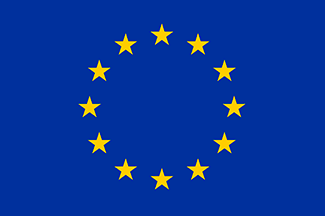
The legend of the Mutiny on the Bounty and the fate of Pitcairn Island have reached mythical status in the annals of world and Pacific history. The linguistic outcome of the settlement of the island by 9 British naval officers and 18 Polynesians in 1790 is heralded as one of the most important contact languages on the planet. Despite this fact, the Pitcairn Island language—Pitcairn—continues to be an enigma for linguists.
Pitcairn is an endangered Anglo-Polynesian contact language spoken by around 30 speakers on Pitcairn Island, about 70 speakers in New Zealand, and approximately 10 in Australia. Because of its endangerment, miniscule speaker numbers and the aging population of its speakers, this language is in dire need of scientific attention. Research into Pitcairn lies at the heart of the world’s fascination with Pitcairn Island, linguistic and cultural hybridity and the romance of the Pacific and Polynesia.
This project will contribute to understanding how small diasporic populations of contact languages manage various processes involved in language change, cross-generational transmission and language and culture loss through documenting how Pitcairn is used in New Zealand and Australia. The outcomes will be instrumental in advancing contemporary research into both pidgin and creole language typology as well the documentation of endangered contact languages more generally.
Project title:
Documenting the highly endangered Pitcairn Island language in New Zealand and Australia
Area of research:
Linguistics
Fellowship period:
1 Feb 2018 – 31 Jan 2021
Fellowship type:
AIAS-COFUND Marie Skłodowska-Curie fellow

This fellowship has received funding from the European Union’s Seventh Framework Programme for research, technological development and demonstration under the Marie Skłodowska-Curie grant agreement No 609033 and The Aarhus University Research Foundation.
